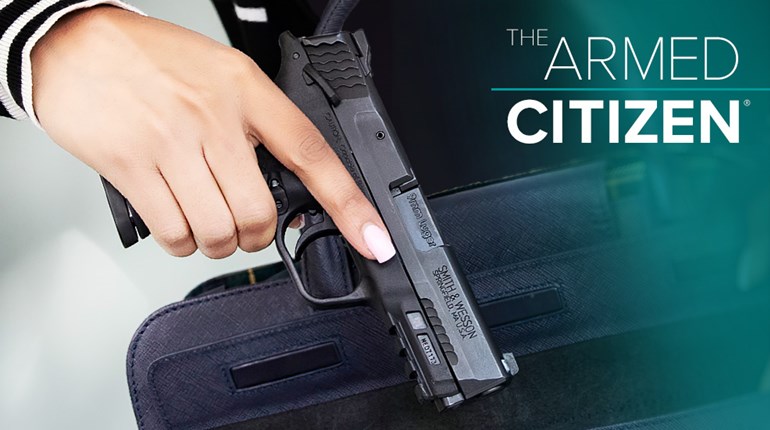
The Problem
You recently attended a concealed-carry class in which you shot a lot of ammunition—almost 500 rounds—over a two-day period. The thrust of the class was staying on the sights with hard eye focus and a slow, continuous trigger squeeze from a rigid shooting stance. Shooting tiny groups repetitively seemed to be the overall objective. You believed defensive types of shooting, with speed superseding accuracy, would be more applicable to a concealed-carry class. You know that marksmanship is important, but shouldn’t precision shooting and defensive shooting be addressed and defined as two different types of shooting with dissimilar outcomes?
The Solution
Marksmanship is defined as skill in shooting. The objective of shooting could be defined as hitting the intended target on demand, when and where the shooter desires.
The application for which one is training really dictates whether the focus would be on absolute precision placement of a bullet on target or in an area that would accomplish the desired result.
In reality, the primary reason responsible citizens carry a concealed firearm is for personal defense. When considering the likely scenarios where one might have to produce and use a firearm in self-defense, some common factors come up. Criminal attacks tend to be close-proximity, short-duration events where speed in putting bullets on target is more important than the precise placement of the bullet or bullets on the target (although keeping all rounds on target is vital). Seeing a sharp, crisp sight picture with a slow, steady trigger squeeze will likely bring you to the party a bit late to be effective.
When all things are considered, the target area of an attacker is similar in size to that of an 8-inch paper plate and the anticipated engagement distance is measured in feet rather than yards. In an instance such as this, speed trumps precision, provided the hits are realized in the target.
Also, consider the heightened state of excitement and physiological factors that occur in a defensive confrontation that has escalated to the potential of lethal force. Scientific studies suggest that the eyes will likely be on the object of threat—the criminal’s gun, knife or some other weapon—not on the sights. What this leaves us with is utilizing our natural eye/hand coordination and natural ability to point to get the muzzle of the gun pointed at the target area. Since the hands usually will go where the eyes are looking, with the gun as an extension of the hands, just holding and possibly seeing the outline of the gun hovering within the outline of the target while operating the trigger is likely to put shots where they are needed to stop the hostile action.
Understanding the application and training necessary to maximize the utilization of one’s natural abilities will go a long way to achieving success in a dire situation.
Precision shooting may have a place in defensive applications, but it occupies a narrow space when all things are considered.
Furthermore, it is a given that there are exceptions to the circumstances one may face in a defensive confrontation. But, the overwhelming data indicate that the likelihood of having to make or being able to make multiple precision-type shots to eliminate an imminent threat is extremely rare.
Some additional food for thought might be the realization that it is unlikely either you or the criminal(s) attacking you—yes, there may be multiple—will be stationary, in a shooting stance, during a conflict. If there is sufficient distance to need the sights for precision shots, escape might be a better option rather than risking injury or death.
Run through the potential scenarios in which you may find yourself—given your lifestyle and locale—in your mind and practice avoidance if possible. If avoidance is not an option, have a plan. With the information provided, it should not be hard for you to decide where you should spend your time and money in the pursuit of your shooting endeavors.






































